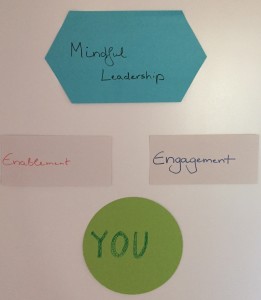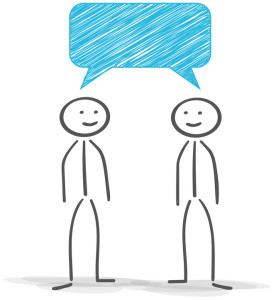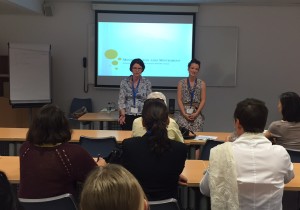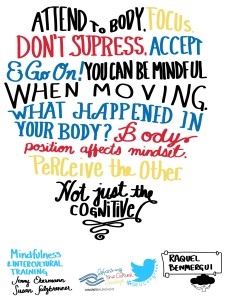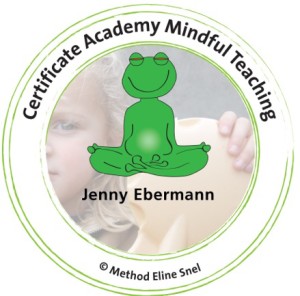 Are you already back at work or are you still enjoying some time off, relaxing and energizing yourself?
Are you already back at work or are you still enjoying some time off, relaxing and energizing yourself?
For many people, holidays always start with a lot of stress, either because they need to pack the appropriate things and then spend hours at the airport tackling over bookings, delays or other unforeseen events. Or, as many of us here in Europe, you decide to take your car because of practicality or budgetary reasons just to find yourself in endless queues, traffic jams and accidents. It surely takes some patience to arrive where you want to be and at least a couple of days more to be able to get out of your ever turning thoughts. For some people it takes as long as a full week, to come down again and feel some relief, even more so if you stay connected to your day-job.
Were you able to switch off your devices and really disconnect during your holidays? And how long did it take?
Many of us are not used anymore to leave our smart phones out during the day without regularly checking something; not only mails and other messages, but the weather forecast, simply the time, news, the best hiking route, the nearest restaurant etc. How many of us still remember how it felt like and – more and foremost – how we managed to “survive” without all the apps, devices, guides and information so readily available nowadays? And how many of us feel comfortable not to use our digital friends regularly and instead simply be for a while?
I agree,  it is very tempting to read mails and stay connected on social media with many “friends” even during the holiday period. How many pictures and posts can be found of “happy people” smiling into their camera wherever they are in the world…. It takes courage. And also patience as your mind will play tricks with you and lure you back to the device just for checking the weather (it would be safer) or the latest news (I have to know what is going on); of course, once you hold your smart phone in your hands, you don’t usually end up looking solely at the weather or news….
it is very tempting to read mails and stay connected on social media with many “friends” even during the holiday period. How many pictures and posts can be found of “happy people” smiling into their camera wherever they are in the world…. It takes courage. And also patience as your mind will play tricks with you and lure you back to the device just for checking the weather (it would be safer) or the latest news (I have to know what is going on); of course, once you hold your smart phone in your hands, you don’t usually end up looking solely at the weather or news….
But it is worth it: disconnecting regularly has huge benefits on your overall health and well-being as well as your behavior with others in real life.
As with all things in life: finding the right balance is crucial and necessary in order not to be overwhelmed in a world spinning faster every day…
Enjoy the rest of the summer and take a deep breath!
Jenny




